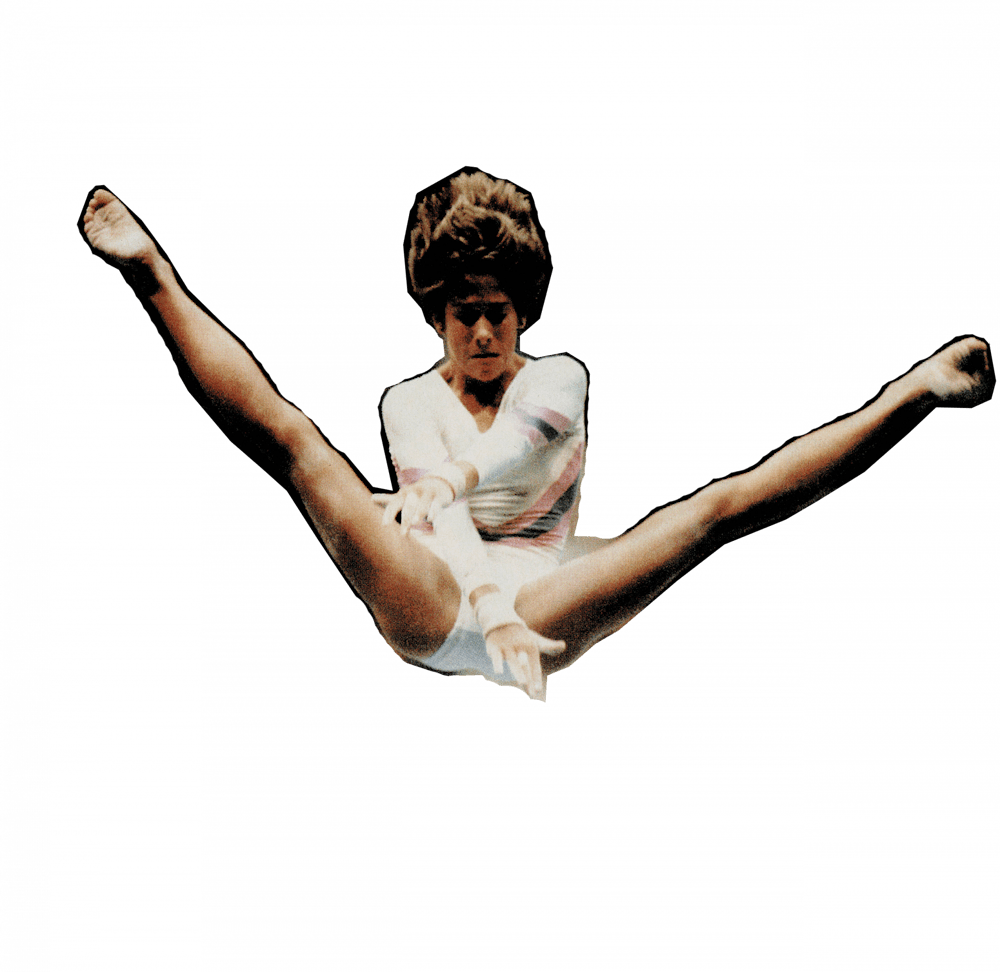Weights slamming. Treadmills purring. EDM blaring from headphones. A man making intimate eye contact with himself in the mirror. And you, entering the Sun Devil Fitness Complex, promising yourself that this will be the year your exercise routine will finally stick.
Cut to now, a month later, and you’re back to inconsistency and that “I’ll do it tomorrow” mindset.
When — and if — you do go to the gym, you stick to where you’re comfortable. You still hate running and you barely like walking, but you assure yourself cardio will suffice for the time being.
That is, until you work up that impossible courage you’ve been chasing so you can try out the exercises seemingly reserved for the gym elite.
Bench press, squat rack, deadlift — anything requiring a conversion of kilograms to pounds is immediately out of the question.
Even worse is the risk of emitting an involuntary grunt while actually attempting to lift the weight.
A weighted culture
Sarah Nelson, a junior studying public service and public policy, described the gym as an inherently vulnerable place, especially for those who are just starting out.
“I do feel like the culture is very intimidating to get into because there is a learning curve to it,” Nelson said. “I wish that the SDFC did more for people who are unfamiliar with the gym.”
Nelson is native to downtown Phoenix and frequently attended the Lincoln Family Downtown YMCA before enrolling at ASU. The YMCA is connected to the Downtown SDFC. Nelson observed the SDFC and its patrons from the sidelines of the YMCA, feeling a sense of security despite being surrounded by people who weren’t her age nor her peers.
“It was me with a bunch of 70-year-olds watching The Bachelor, so I felt comfortable,” Nelson said. “If you’re around your peers, you’re wondering, ‘What are they going to think about me?’”
But Darya Abdollahzadeh, a sophomore majoring in medical studies, finds the SDFC to be a welcoming space for her to work out. Being surrounded by people her age has created a sense of community and belonging that she enjoys exercising in.
“There’s other students there who are in the same boat as me, so it’s really easy to make friends,” Abdollahzadeh said. “It’s definitely an encouraging environment.”
The SDFC has provided Abdollahzadeh with an opportunity to connect with other gym-goers who are “goal-oriented people focused on bettering themselves.” Abdollahzadeh said they feel empowered to uplift their peers at the gym.
“I’ll see a girl (at the gym) and I think she looks really good, I’ll let her know to encourage her. Having that kind of friendliness in the community is really great,” she said.
While some students find solace in a regular gym routine, for others, swiping into the SDFC isn’t so simple. Gym anxiety is deeply felt among some ASU students.
For Marti Faltz, a junior studying elementary education, exercising at the SDFC meant facing a sort of competitiveness she didn’t want to experience while trying to get a workout in.
“I was scared I was going to run into people I knew, and they’re going to see me with my red face, sweaty, no makeup on,” Faltz said. “It’s hard to work out and work out to your best when you feel like everyone is looking at you.”
Nelson defined gym anxiety as “a nervousness about being judged and being watched.” This description resonated with Faltz, as her experiences at the SDFC were characterized by a fear of seeing people she knew. Due to her anxiety about going to the gym, Faltz does not go to the SDFC anymore.
But for Nelson, gym anxiety doesn’t only mean being hyper aware of using a machine correctly or lifting weights with proper form — it is also to protect herself and her service dog, Dublin, from unwanted stares and whispers from other gym-goers.
Nelson stopped going to the gym because of the stigma she said can come with bringing a service dog to the gym. As a disabled person, Nelson feels she “inherently doesn’t fit into” the gym culture at ASU.
“I’m not only worrying about myself, but I have to worry about my dog,” Nelson said. “How does he act? Will he be spooked? Will people try to mess with him? And then also, how will people view me as a disabled person working out? It adds another layer to things.”
Julie Schuldt, a graduate student pursuing a master’s in global management and a group wellness instructor for the SDFC, sees communication as one of the key steps the SDFC is taking to make the gym a more inclusive space to people with disabilities. She encourages people with disabilities to talk to someone at the front desk or a manager in order to make their workout fit their needs.
Students who need additional support shouldn’t have to feel like they have to navigate the gym all on their own, Schuldt said. The SDFC has equipment that can be used by individuals with a physical disability, Schuldt added.
In group wellness classes, for example, instructors are encouraged to meet people where they are instead of applying one expectation to all participants. “In my Zumba classes, where there is no equipment, I make sure that there are different levels of choreography so that everyone (who) is there can feel included,” Schuldt said.
One month down
As the year progresses and crowds in gyms dwindle, Schuldt continues to reinforce the idea that the gym becomes less daunting with time and consistent effort. In both her cycle and Zumba classes, she emphasizes that even if the workout feels difficult now, “the more you come, the better it’s going to be.”
“I think there’s a big misconception of people going to the gym for the first time that it’s really obvious that it’s their first time and that they’re going to be judged,” Schuldt said. “The reality is, people go to the gym to look at themselves in the mirror.”
To alleviate gym anxiety, Schuldt suggests people tour the gym before their first exercise. Knowing where the equipment, bathrooms and water fountains are could play a factor in preparing for a workout, she said.
“Make sure you have music if you want music, make sure you bring your water, make sure you’ve eaten well during the day,” Schuldt said.
Abdollahzadeh said having a “gym buddy” could not only help to hold you accountable, but also help you both enjoy your time at the gym more.
Whether it be hitting the gym or making any range of routine changes in this new year, it’s never too late to dedicate time and space to your own well-being — even if that change happens over one month in.
Edited by Sam Ellefson, Camila Pedrosa, Alexis Moulton and Greta Forslund.
This story is part of The Culture Issue, which was released on Feb. 8, 2023. See the entire publication here.
Reach the reporter at abigailbeckaz@gmail.com and follow @abbygisela on Twitter.
Like State Press Magazine on Facebook and follow @statepressmag on Twitter and Instagram and read our releases on Issuu.
Abigail is a senior studying journalism and mass communication. This is her third semester with The State Press. She has previously worked with News21, The State Press Magazine and The Arizona Republic.





